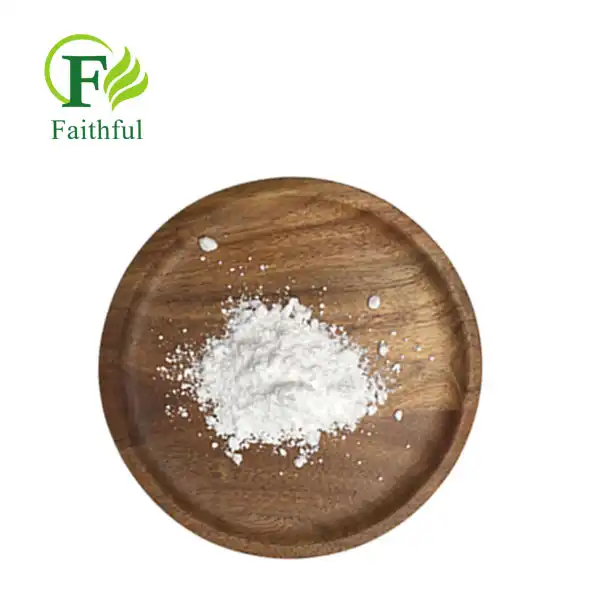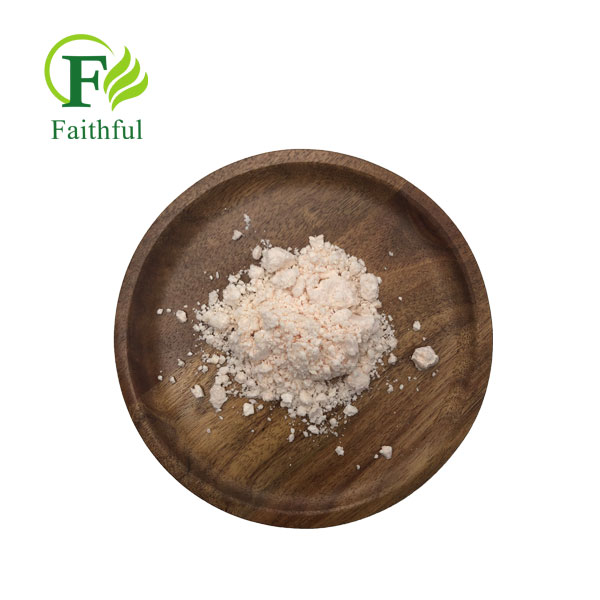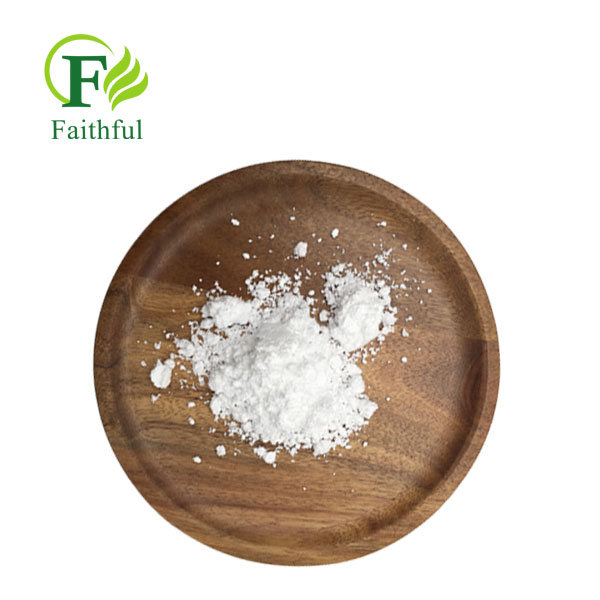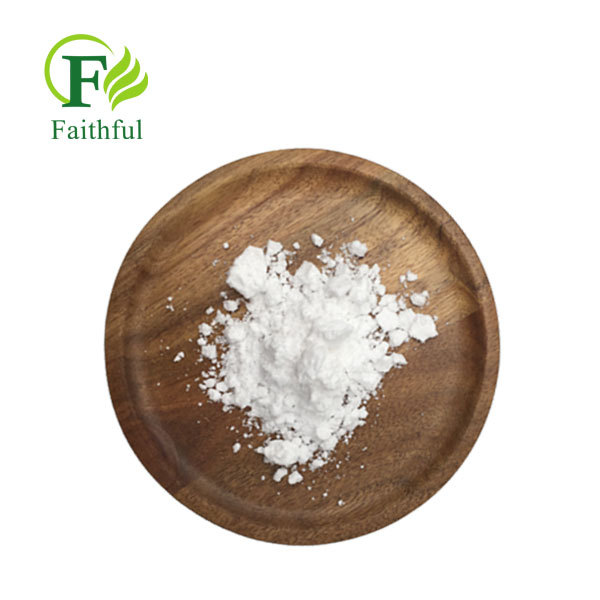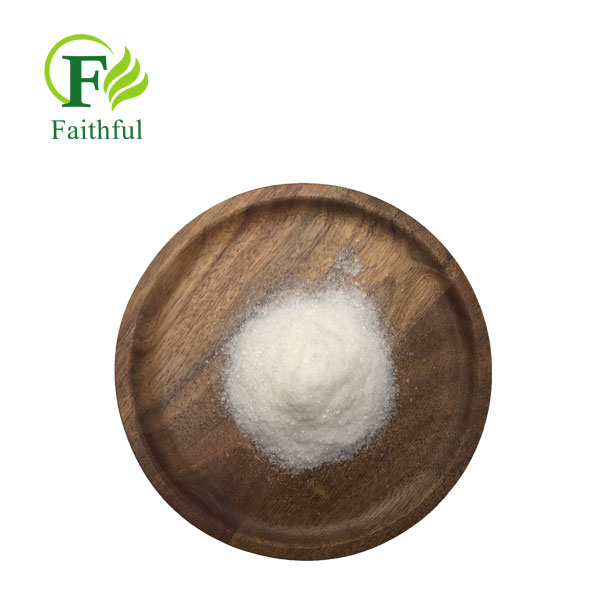Can Rapamycin Resist Aging?
In 1964, a Canadian expedition team arrived on Easter Island with the aim of collecting a new set of primitive soil samples to identify novel antimicrobial agents. In the bacteria isolated from one of the samples, researchers discovered a compound with significant antifungal, immunosuppressive, and anti-tumor properties. The compound is named rapamycin after its discovery site, and further analysis shows that it partially inhibits the signal transduction pathway required for cell growth and proliferation by forming a functional acquisition complex with peptidyl prolyl isomerase FKBP12.
1: What is rapamycin?
Rapamycin is a new type of macrolide immunosuppressant product, which was mainly used in the early stages of the product to treat organ transplant rejection. It has good efficacy, low toxicity, and no nephrotoxicity. At present, it is still used as a product to maintain the immune function of transplanted organs, especially kidney transplantation, which can slow down the immune rejection reaction that occurs after organ transplantation surgery. And with the development of science, medical experts have gradually discovered that this drug can be used for Alzheimer's disease.
2: What is the mechanism of action of this product?
The complete mechanism of action of rapamycin was not discovered until 1994, when biochemical studies confirmed that the mechanism target mTOR of rapamycin was the direct target of the rapamycin FKBP12 complex in mammals, and it was found to be a homolog of the yeast TOR/DRR gene, which had previously been identified in rapamycin resistance gene screening. In the more than 20 years following these discoveries, research from dozens of laboratories around the world has shown that mTOR protein kinase is a major eukaryotic signaling network that coordinates cell growth with environmental conditions and plays a fundamental role in the physiology of cells and organisms.
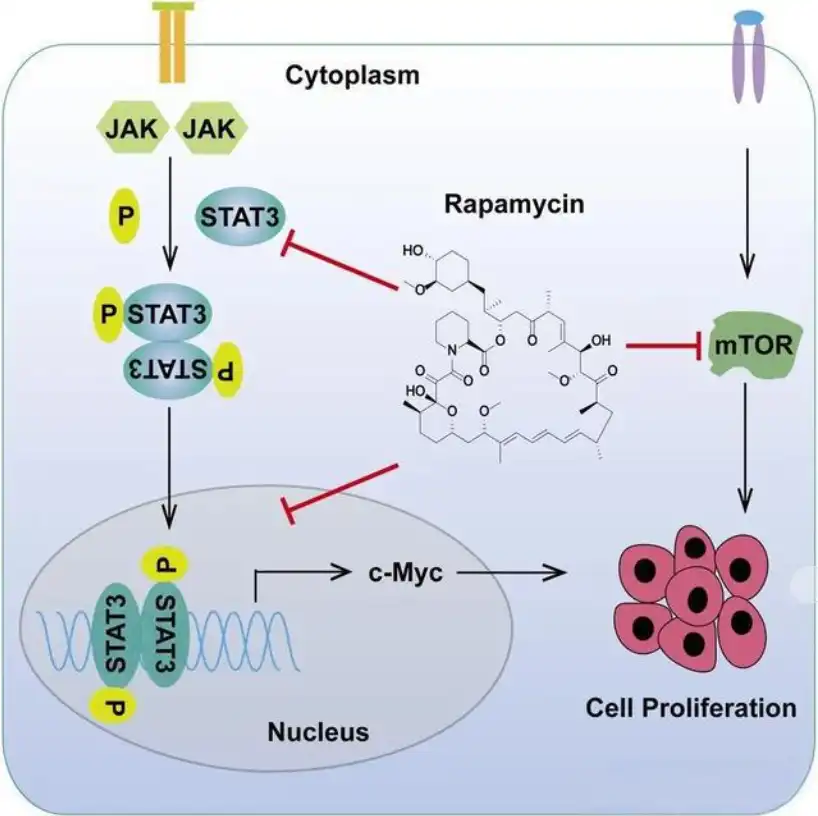
3: What is the secret to anti-aging?
At the cellular level, the evolution of aging is essentially the same in the animal kingdom, where gene expression begins to spiral out of control with age, leading to DNA damage that makes it difficult for cells to function properly. Even normal cells become increasingly inefficient in synthesizing proteins, eliminating waste, and repairing damage, eventually stopping working and making it harder for the body to recover from stress, disease, and injury.
Scientists studying longevity have spent decades searching for specific genes and proteins as targets for anti-aging treatments. However, in fact, the aging process is very complex and accompanied by a large number of simultaneous cellular changes, and scientists have always exaggerated the potential of anti-aging treatment targets. For example, the protein Sirtuins, which can be directly activated by a compound in grape skins, has sparked speculation about the promising prospects of anti-aging, leading to the conclusion that drinking red wine is the secret to health and longevity. However, real experimental data shows that this product only has an activating effect on a small number of cells, making it impossible to prevent or slow down the aging process of most cells.
In the past few decades, data from different laboratories have pointed to another more promising protein, which is the mammalian target protein of rapamycin (mTOR). This is a part of a signaling pathway responsible for informing cells throughout the body when to grow and when to conserve energy. As we age, mTOR activity does indeed change, increasing the risk of immune problems and cell damage.
Based on decades of experiments, researchers firmly believe that the mTOR signaling pathway and rapamycin remain the gold standards for targeted aging biological therapies. Although the claim that rapamycin leads to immortality is not credible, experimental data related to this product confirms that it has great potential in delaying ovarian aging.
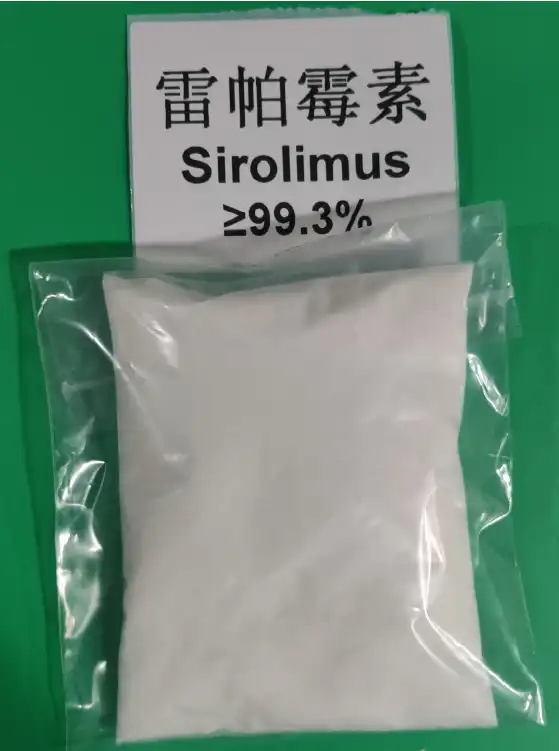
4: How can this product solve the mystery of ovarian aging?
For about half of the population, one thing is as certain as death and taxes: if a woman is old enough, her ovaries will stop laying eggs and her menstrual cycle will end.
According to the analysis of life data related to mammals, almost very few animals can survive menopause, because in addition to hot flashes and night sweats, the reduction of estrogen during menopause also increases the risk of many chronic diseases, including Alzheimer's disease, osteoporosis, and stroke. So some people have commented from an evolutionary perspective that menopausal animals do not have much value in terms of evolution.
A study in 2023 found that different organs age at different rates, and those organs that accumulate more aging related proteins are more likely to cause problems in the future. This is indeed confirmed by the fact that the ovaries age faster than other tissues in our body. ”Although the testicles gradually release less testosterone with age, their decline is slow and gradual. This is far from the sudden hormonal imbalance during menopause.
A product called rapamycin, which can regulate mTOR activity, has gradually entered the experimental catalog of researchers. Researchers have found that rapamycin can inhibit the activation of primordial follicles (immature eggs in the ovaries) in experimental mice, thereby delaying ovarian aging. The mTOR inhibitory properties of this drug may also improve symptoms of age-related chronic diseases in humans.
5: Can rapamycin really delay ovarian aging?
Given the success of rapamycin in the laboratory, some people may wonder why we have not yet produced and promoted rapamycin products as specific products for ovarian aging? Especially, the non effectiveness of this product is extremely low.
Part of the reason is the lack of more stable clinical trial data that can prove its anti-aging potential. Studying longevity in humans is indeed difficult because compared to mice or worms in the laboratory, human lifespan is much longer and more complex. However, the National Institutes of Health (NIH) in the United States only funds research projects for a few years at a time, which is clearly insufficient. In addition, rapamycin is low-cost and already on the market, which cannot provide many business opportunities for pharmaceutical companies and venture capitalists who often fund the final stages of drug development.



